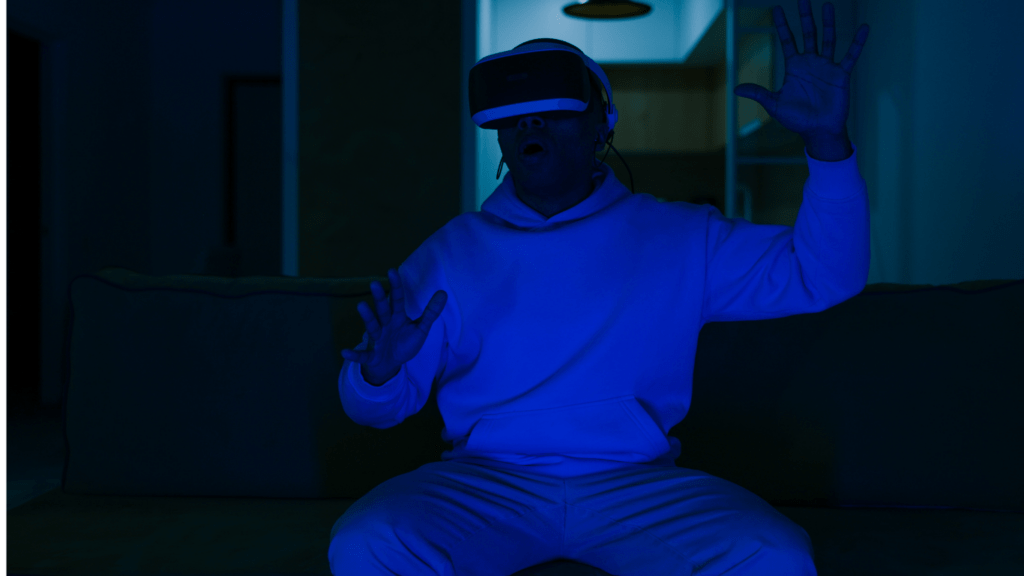The Evolution of Casino Architecture
Casino architecture has transformed drastically over the years, evolving from simple gaming halls to complex, immersive environments.
From Function to Form: The Early Days
Early casinos focused on functionality. Simple structures housed basic amenities, providing little more than a space for gambling.
In the 19th century, the Casino de Monte-Carlo, opened in 1863, introduced elegance and opulence. Its Baroque details set a new standard, emphasizing aesthetics to attract elite clientele.
This shift marked the transition from purely functional designs to more elaborate, visually appealing spaces.
Modern Trends in Casino Design
Today’s casinos emphasize integrated experiences. Design blends technology, luxury, and entertainment. Many feature open floor plans, combining gaming areas with dining, shopping, and nightlife.
Resorts like Wynn Las Vegas and Marina Bay Sands exemplify this trend, offering diverse attractions under one roof.
Sustainable architecture has also become crucial, with casinos incorporating green building practices to reduce environmental impact. Modern designs prioritize not just aesthetics but also a comprehensive, engaging experience for all visitors.
Key Elements of Casino Architecture
Casino architecture blends functionality with aesthetics to create an immersive environment. Key elements like:
- lighting
- color schemes
- space
- layout dynamics
significantly impact the overall gaming experience.
Lighting and Color Schemes
Lighting and color schemes set the tone in a casino. Dynamic lighting enhances excitement by highlighting gaming areas and creating visual contrasts.
For example, soft, warm lighting in lounge areas provides relaxation, while bright, focused lighting on gaming tables maintains attention.
Color schemes also influence player behavior; vibrant reds and golds promote energy and excitement, whereas muted blues and greens offer calmness. Proper use of lighting and colors contributes to a balanced atmosphere that both stimulates and soothes players.
Space and Layout Dynamics
Space and layout dynamics ensure comfortable, unobstructed player movement. Casinos optimize floor plans to combine gaming areas with amenities like dining and retail spaces seamlessly.
Open layouts prevent congestion by providing clear pathways and sightlines. For instance, strategically placing high-traffic games near entrances draws players in, while quieter areas with slots or leisure games occupy the peripheral spaces.
This layout encourages exploration while maintaining the casino’s energy and flow, enhancing the overall gaming experience.
The Role of Technology in Casino Design
Technology plays a crucial role in modern casino design, transforming spaces into interactive environments that heighten the gaming experience.
Integrating Digital Displays and Interactive Elements
Casinos benefit from digital displays and interactive elements that engage players. Large LED screens can showcase promotions and events, creating a dynamic atmosphere.
Interactive touchscreens at game tables or slot machines provide real-time game information and personalized experiences. Digital wayfinding systems help guests navigate the casino floor with ease.
These technologies enhance the visual appeal and functionality of the gaming space.
The Influence of Virtual and Augmented Reality
Virtual Reality (VR) and Augmented Reality (AR) redefine casino experiences. VR allows players to immerse themselves in virtual gaming worlds, providing an unparalleled level of engagement.
AR overlays digital information onto the real-world environment, adding interactive layers to physical spaces. Casinos utilize AR for marketing promotions and real-time enhancements on gaming tables.
VR and AR offer new dimensions to gaming, creating unique and memorable experiences for players.
Psychological Aspects of Casino Design

Casino design uses psychology to enhance a player’s experience and maximize their engagement. Specific design elements influence emotions, behaviors, and perceptions.
Creating Comfort and Excitement
Design elements aim to create a balance between comfort and excitement.
- Soft lighting and warm color schemes in common areas make players feel relaxed.
- Luxurious seating provides comfort, encouraging longer stays
- Brightly lit gaming zones with vibrant colors create excitement, stimulating the player’s desire to engage.
- Material selection plays a vital role. Plush carpets and high-quality finishes signify luxury.
- Background music tailored to various areas influences emotions, often escalating in tempo near high-energy zones like slot machines.
Navigational Design to Influence Player Behavior
Casinos use strategic layout designs to direct player movement. Maze-like pathways steer players past multiple gaming areas, increasing exposure to different games.
Circular layouts prevent players from quickly finding exits, promoting further exploration. For example, slot machines often line paths to more popular games, enticing players to stop and play.
Signage and floor markings subtly guide movement. Minimal windows and clocks eliminate time awareness, making players lose track of time and extending their stay. High-traffic areas feature enticing visuals like digital displays, drawing players’ attention to specific games or promotions.
Iconic Casino Designs Around the World
Casino architecture offers unique, fascinating designs that captivate visitors globally. Iconic establishments stand out due to their innovative approach to creating the ultimate gaming experience.
Las Vegas: A Hub of Innovative Casino Designs
Las Vegas showcases some of the most groundbreaking casino designs. The Bellagio, with its elegant glass ceiling and iconic fountain show, embodies luxury.
The Venetian recreates Venice’s charm with intricate canals and gondolas. Caesars Palace features Roman architecture, complete with columns and statues, creating a grandiose atmosphere.
The ARIA Resort & Casino integrates modern design with eco-friendly technologies, emphasizing sustainability without sacrificing luxury. These casinos use thematic elements to create immersive experiences that attract millions annually.
Macau’s Blend of Eastern and Western Design Elements
Macau combines Eastern and Western design in its casinos. The Venetian Macao mirrors its Las Vegas counterpart, integrating Venetian architecture with local cultural elements.
The Grand Lisboa, with its lotus-inspired design, incorporates Chinese cultural symbols. Studio City mixes Hollywood themes with art deco influences.
The Wynn Palace offers a blend of luxury and Chinese motifs with its elaborate gardens and multi-story dragon statue. These casinos exemplify how diverse design elements converge to create unique gaming environments that draw international visitors.



